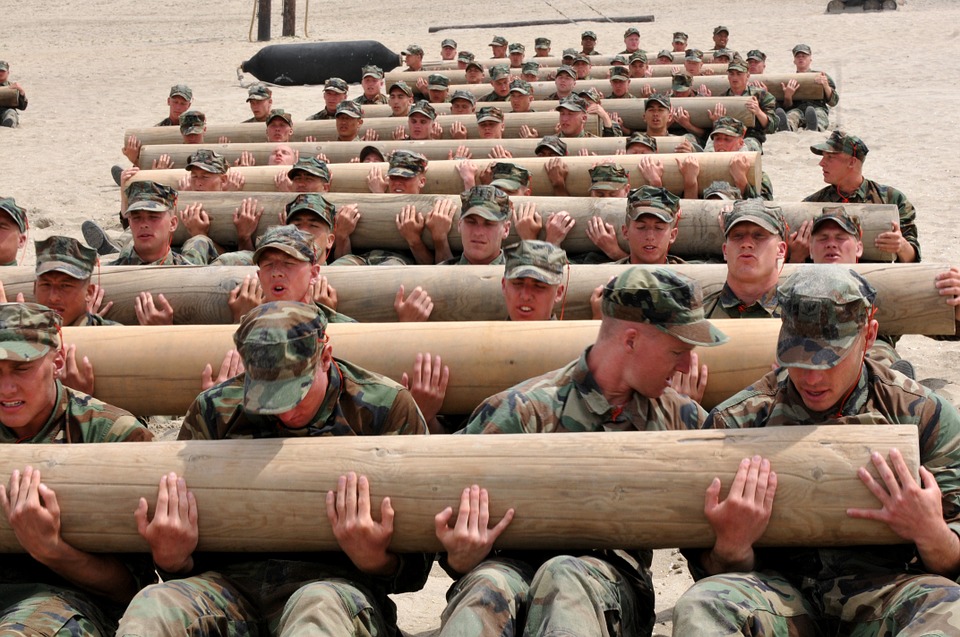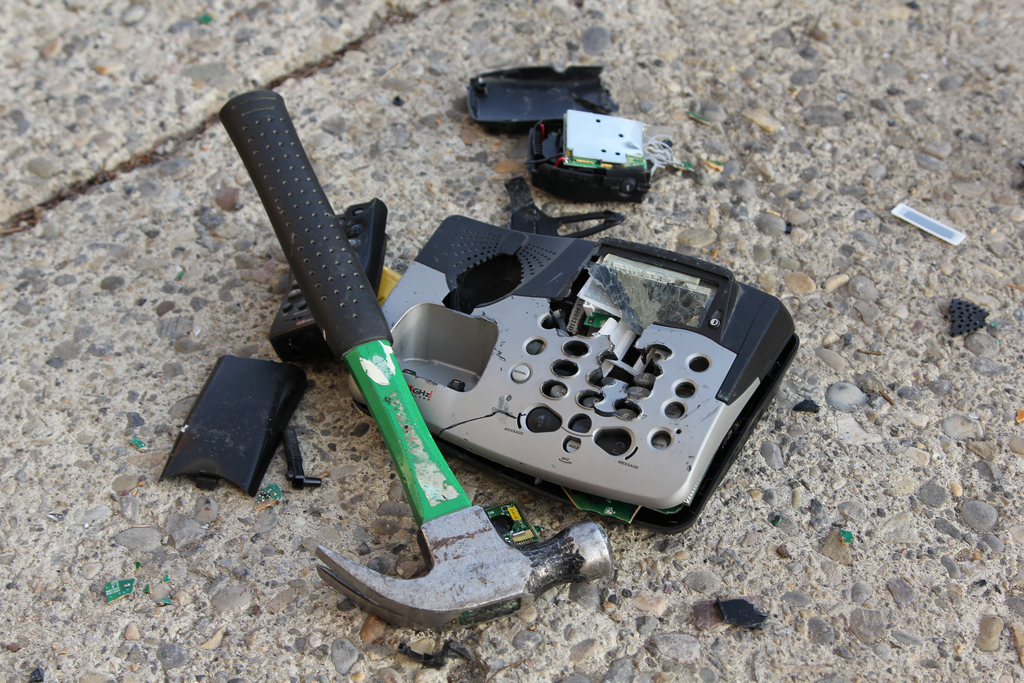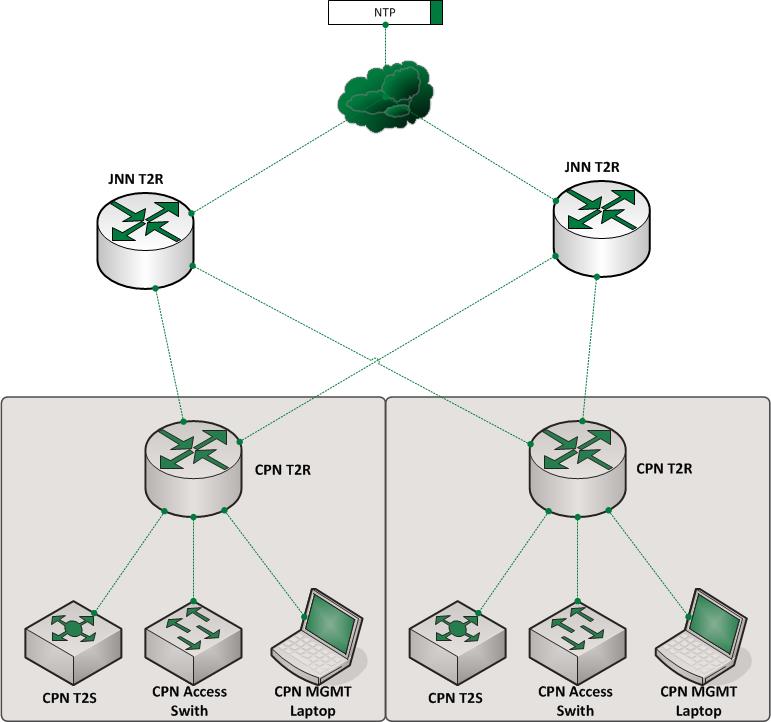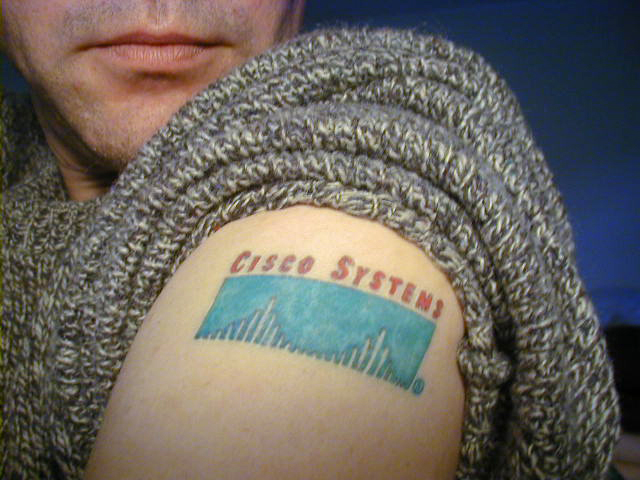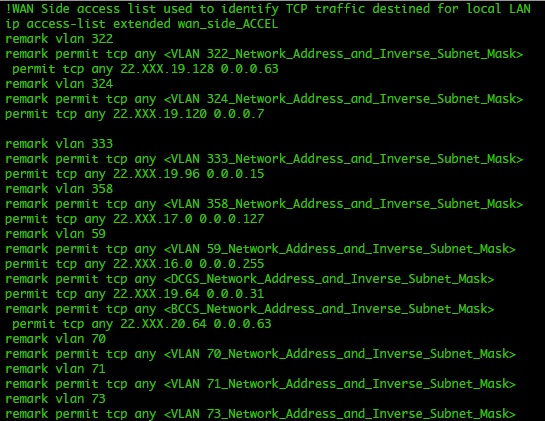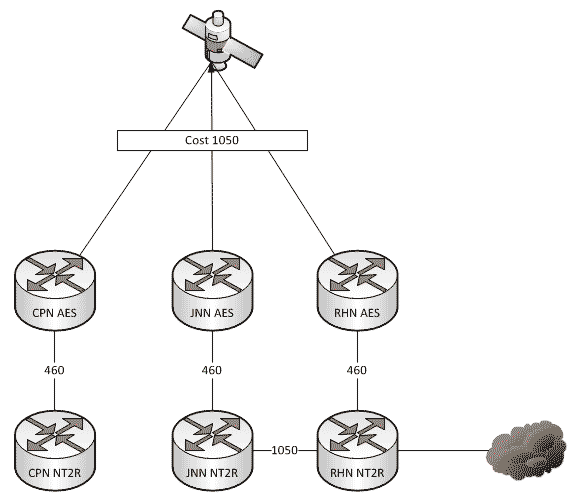When I entered the Army in July 1999, I came in as 31F (switch operator). Anyone who worked with MSE will remember that it had almost absolutely no data capabilities, but also that it was extremely easy to troubleshoot. Signal flow for MSE was pretty darn easy to understand. If you understood the idea of how the system worked, the signal flow was easy to follow. With the introduction of JNN and IP data networks to tactical communications, logical and physical said “It’s been fun” and headed their separate ways leaving our operators and even ourselves busy scratching our heads wondering how the hell it all worked.



